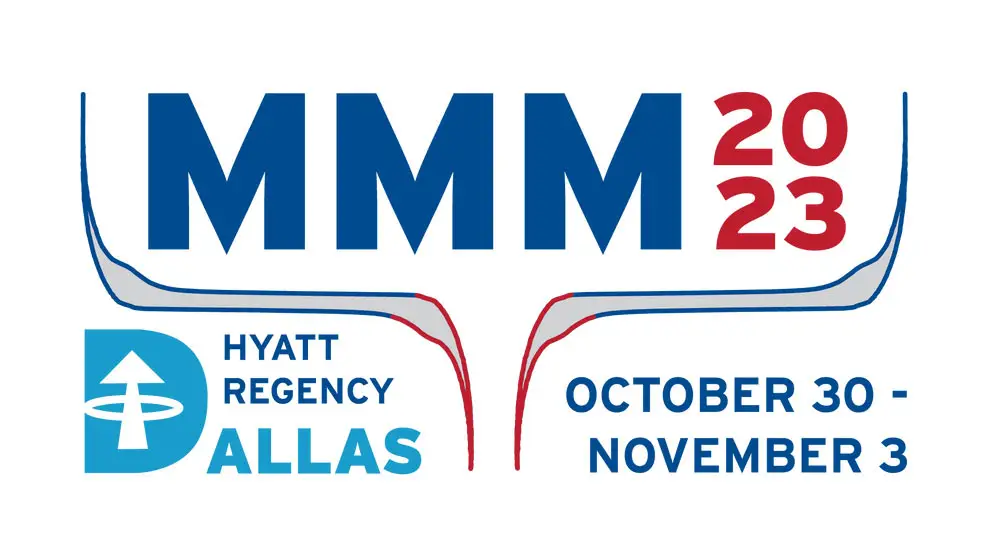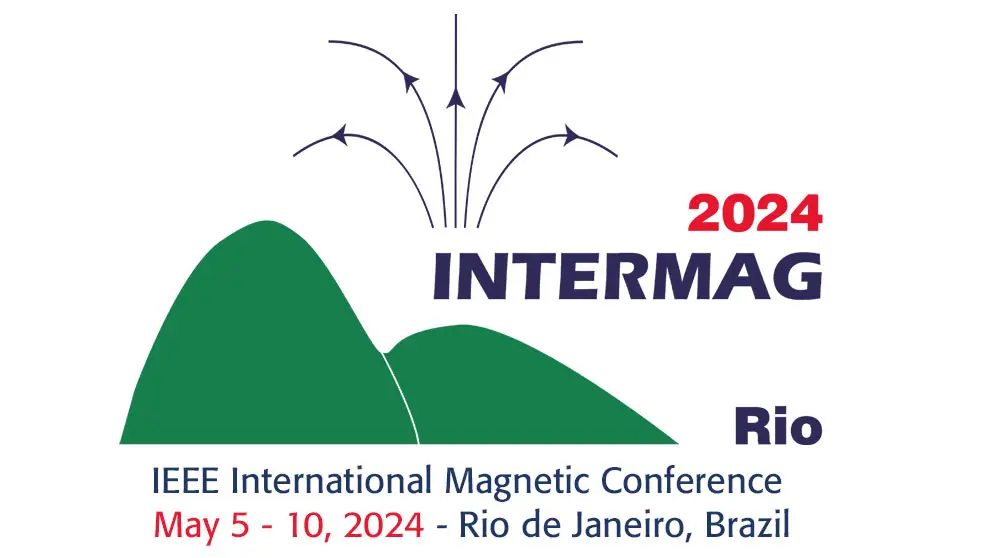EF-11: CRYSTAL ANISOTROPY OF STRONTIUM FERRITE AND PA-12 3D FUSED FILAMENT FABRICATION(FFF)
Gabriela Espinosa-Rodriguez, Oluwasola Arigbabowo, Jonathan Alvarado, Jitendra Tate, Wilhelmus J. Geerts
Oral
02 Nov 2023
Strontium Ferrite (SF) is a widely used hard magnetic ferrimagnetic material that can be used for 3D printer filaments for Magnetic Field Assisted Additive Manufacturing (MFAAM) of permanent magnets. The filaments studied here are composed of a SF/PA-12 thermoplastic composite that is produced using a twin-screw extruder. SF powder is mixed with PA-12 with a 40 wt.% ratio for the SF, PA-12 is used as an adhesive for the SF particles. The single crystalline SF platelets have a magnetic anisotropy with an easy axis perpendicular to the platelet. Recently it was discovered that extruded filaments are anisotropic with an easy plane along the r-directions [1]. This is supported by computational work of others which suggests shear flow orient the SF platelets near the filament’s cylindrical surface parallel to the flow [2]. So, we expect the filament's outside cylindrical surface to be more anisotropic than its center. To further explore this, the magnetic hysteresis of various parts of the filament were studied. A dissecting tool is used to remove the core of a 1.5 mm long cut of the filament (Fig. 1a-b). Both the core (removed part) and donut (outer shell) are characterized by an EZ9 vibrating smaple magnetometer. The squareness (S=Mr/Ms) of the hysteresis curves measured parallel to the filament’s z- (Sz) and r-axis (Sr) are compared. It was found that the Sr/Sz is larger for the donut than for the core samples confirming the above-mentioned hypothesis. Note that two different platelet orientation distributions are possible (Fig.2). To further investigate this, an incision was made on one side of the donut sample and the cut open donut was flattened and glued to an 8 mm round cover glass (Fig. 1c-d). The hysteresis curves were measured for different field directions, i.e., parallel to the r and parallel to the θ directions. As the S is larger in the r-direction we conclude that the c-axis of the particles line up in filament’s r-direction due to shear flow near the walls of the extrusion die (Fig. 2a). This work was supported in part by NSF-DMR (2216440) by DOD (78810-W911NF-21-1-0253) and by an NSF REU grant (2051066).References: [1] Tanjina Ahmed, Maria Belduque, Binod D.C., Jitendra Tate, Wilhelmus Geerts, AIP Adv. 11 (2021) 015048, 1-5. [2] S. Yashiro, H. Sasaki, and Y. Sakaida, Compos. Part A Appl. Sci. Manuf., vol. 43, no. 10, pp. 1754–1764, 2012; Martin Trebbin, Dagmar Steinhauser, Jan Perlich, Adeline Buffet, Stephan V. Roth, Walter Zimmermann, Julian Thiele, Stephan Forster, Proc Natl Acad Sci U S A. 2013 Apr 23; 110(17): 6706–6711.


